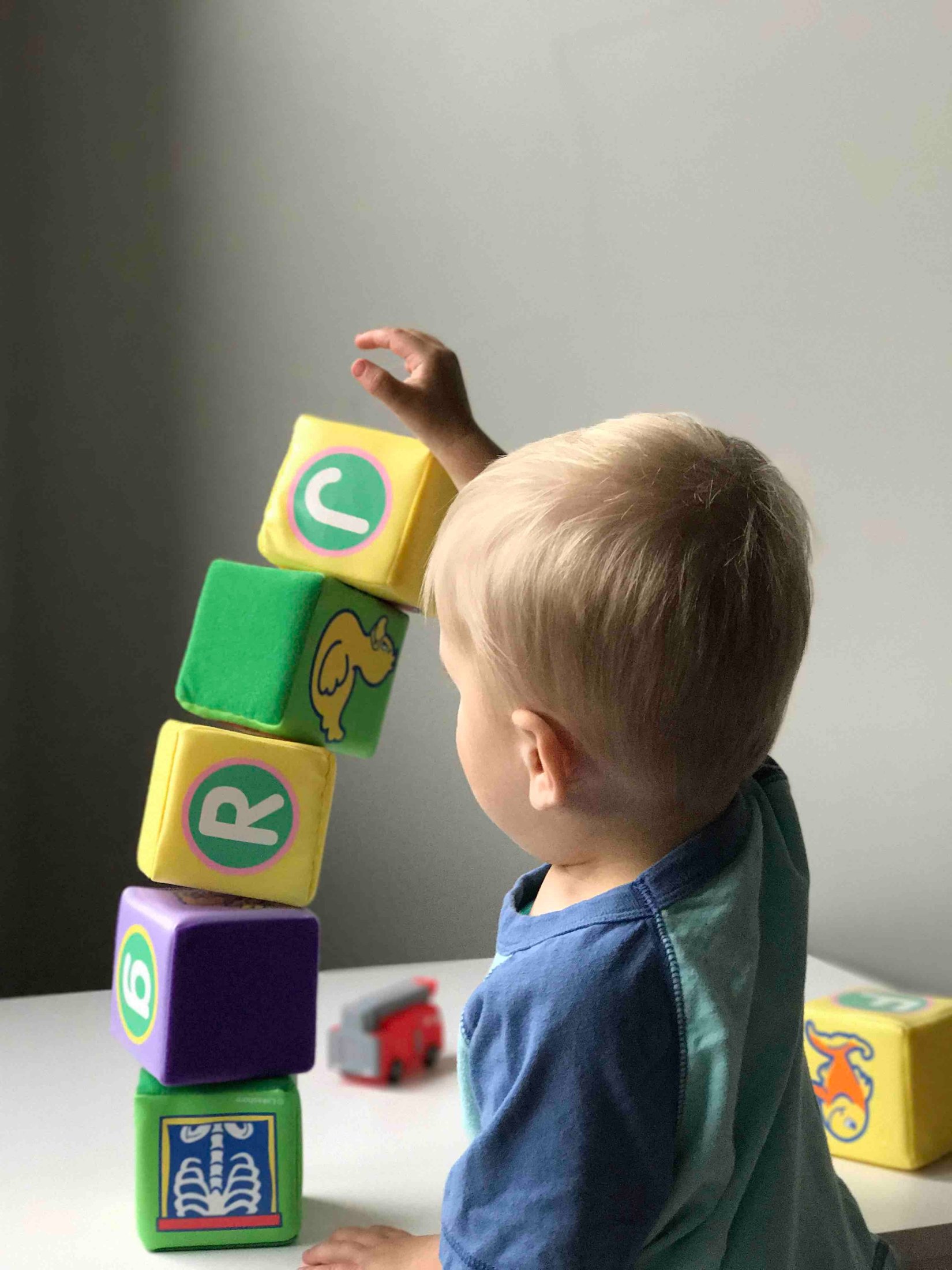Gross motor skills refer to whole-body movements that involve large groups of muscles. Standing, walking, sitting, and running are all things that require gross motor skills, as do things like throwing, kicking, and catching. Gross motor skills develop as kids grow and are a necessary foundation for fine motor skills, such as writing and cutting. Play is a great way to build gross motor skills and help kids continue to refine them. Here is a closer look at gross motor skills and how you can help your child develop them.
What is the timetable for gross motor skill development?
Every child is different and develops at his or her own pace, but there are some basic milestones that you can use as guidelines. Generally, children should roll over and sit independently by age six months and then be crawling on their bellies and walking by holding onto supports by 12 months. By 18 months, sitting, crawling, and walking should occur, while kids should be walking comfortably and starting to run by two. By age five, kids should catch a small ball, and by age six, kids should be able to jump rope and walk on a balance beam.
What are some signs of gross motor skill problems?
Missing any milestone for development can be a sign of a problem. Kids who are having gross motor skill issues may avoid physical activity or have low endurance. They may seem to have stiff movements and struggle to follow multi-step instructions for physical tasks. Gross motor skill issues can also lead to delays developing fine motor skills.
How can I help my child develop gross motor skills?
A great way to increase gross motor skills is to engage in play that requires physical activity, such as jumping, climbing, and swinging. Gradually increasing the length of time spent playing physical games will also help.
Help your child build gross motor skulls and have fun doing it with Rainbow Play Systems. You can learn more about these play sets in Fargo and their safety features by calling (701) 373-0111.

Rainbow Play Systems has chosen choice cedar for the same reasons homeowners choose them for their decks and siding. It ranks the highest in dimensional-stability among commercially harvested woods, which means it splits less, warps less, twists less, and shrink less. It also hold paint better, and are virtually free of sticky pitch pockets and resins. With notched big beam, dual bold constructions, commercial grade swing hangers, and heavy-duty canopies, Rainbow® Play Systems are design for years of quality play.
More about Rainbow Play Systems.This content has been submitted by authors outside of this publisher and is not its editorial product. It could contain opinions, facts, and points of view that have not been reviewed or accepted by the publisher.

